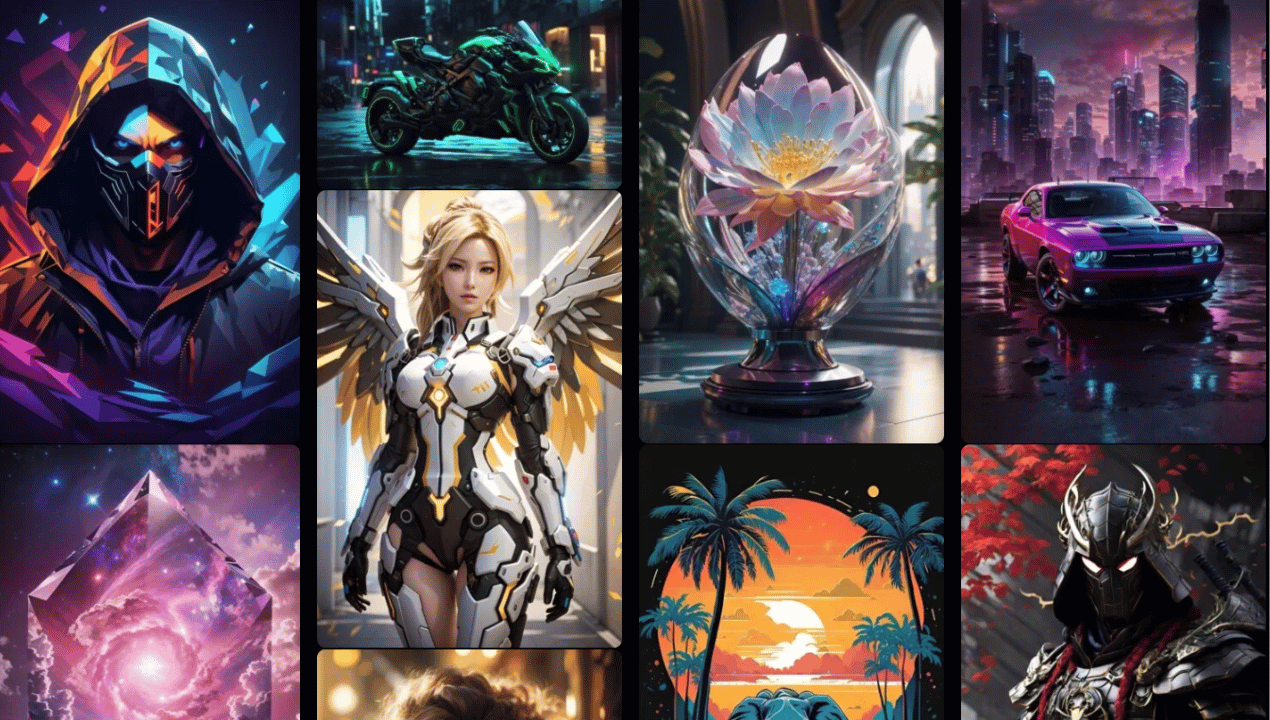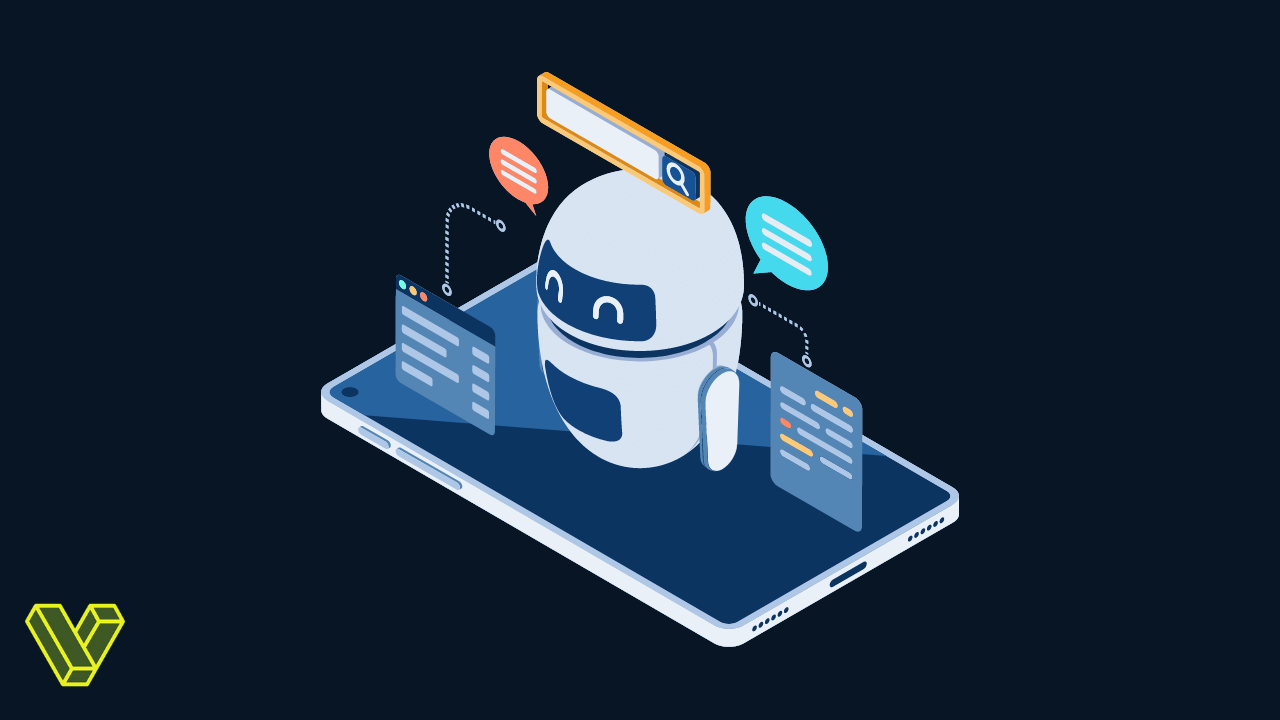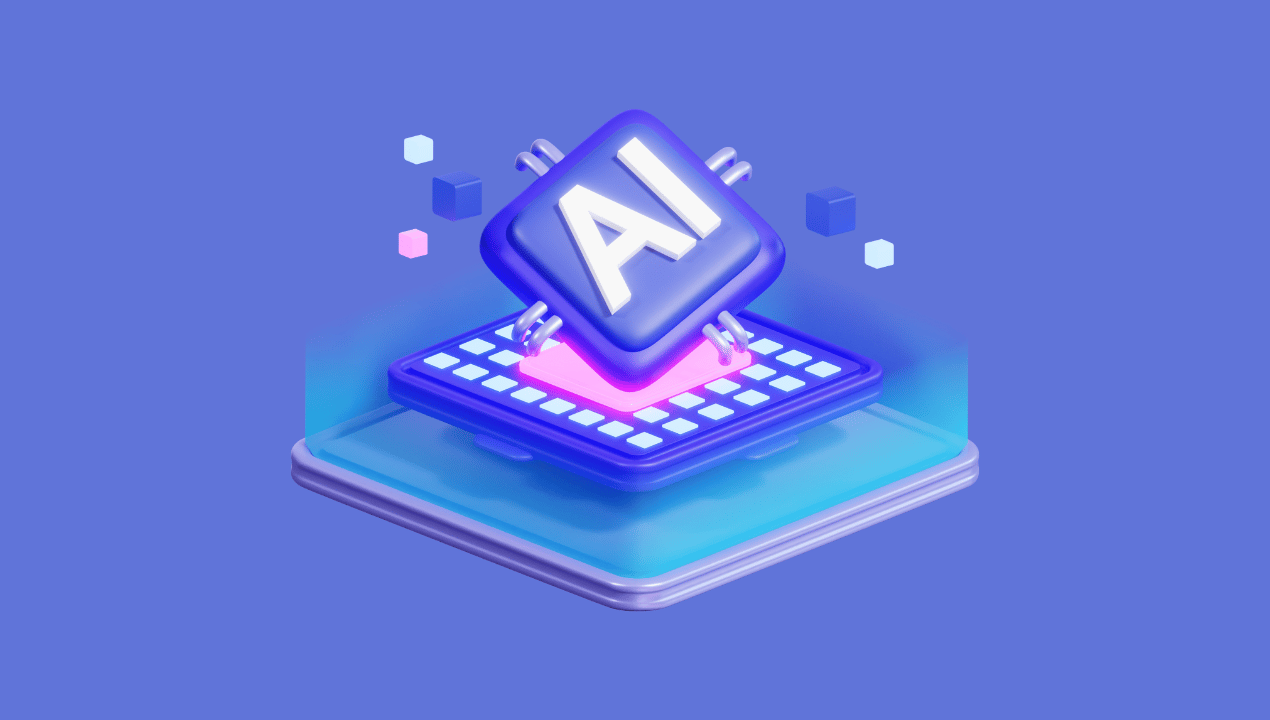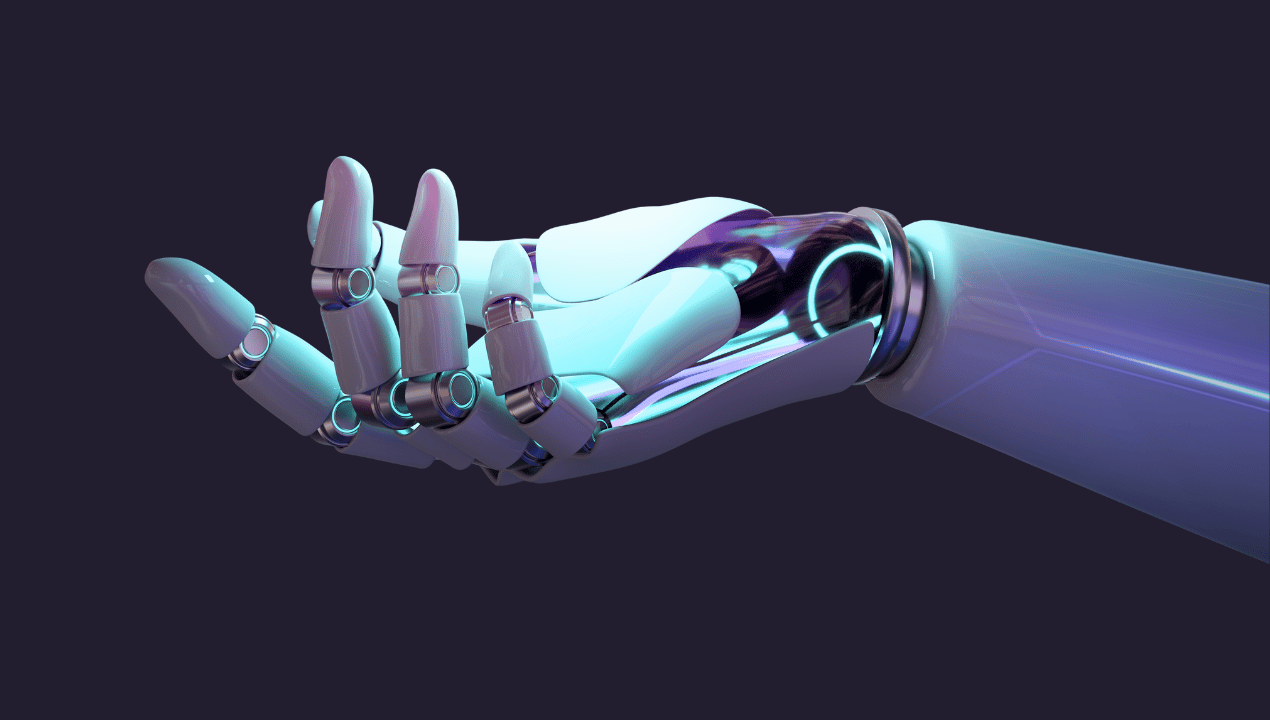The fusion of artificial intelligence (AI) with artistic creativity is a groundbreaking trend reshaping the landscape of digital art and design. This expanded exploration delves into the numerous benefits of AI in image and art generation, illustrating how these innovative tools are not only transforming the creative process but also redefining the boundaries of art itself. In this article, you’ll learn the benefits and advantages of using artificial intelligence (AI) for image and art generation for creatives & designers.
1. Unleashing Creativity:
AI, exemplified by tools like OpenAI’s DALL-E, DeepArt, and Google’s DeepDream, is a catalyst for unprecedented creative expression. These tools enable artists and designers to produce complex, surreal, and visually stunning images that challenge conventional artistic norms.
AI algorithms can merge diverse artistic styles, from classical to contemporary, creating artwork that transcends traditional boundaries. These tools not only generate images based on specific prompts but also offer surprising combinations and interpretations, inspiring artists to explore new creative realms. Furthermore, AI-generated art is sparking debates and discussions in the art world, challenging our understanding of creativity and the role of technology in art.
2. Efficiency and Speed:
AI’s efficiency is transformative in time-sensitive sectors like advertising, media, and entertainment. Tools like RunwayML and Adobe Sensei have revolutionized the workflow in these industries by automating tasks like image editing, pattern generation, and visual effects, significantly reducing production times.
This efficiency is not just about speed but also about the ability to iterate quickly, allowing artists and designers to explore multiple concepts in a fraction of the time it would take manually. This rapid generation of ideas and visuals can be particularly beneficial for projects with tight deadlines or for businesses that need to regularly update their visual content to stay relevant and engaging.
3. Accessibility for Non-Artists: Benefits of AI For Image Generation
Platforms such as Artbreeder and DeepArt are lowering barriers to artistic expression, allowing individuals without formal training to create artworks that resonate with their vision and style. This democratization of art creation is particularly impactful in education and therapy, where AI tools can be used to facilitate creative expression and communication.
Moreover, these platforms are fostering a new community of creators who can share, collaborate, and remix each other’s work, leading to a more inclusive and diverse artistic landscape. This accessibility also extends to small businesses and startups, which can now produce high-quality visual content without the need for a professional designer.
4. Experimentation and Learning:
For aspiring artists and designers, AI serves as both a tutor and a canvas. It offers a safe space for experimentation, where individuals can try out various artistic styles and techniques without the fear of wasting materials or time for creatives and designers works with image generation.
This experimentation is vital for artistic growth, as it allows individuals to see immediate results and adjust their approach accordingly. Moreover, AI tools often come with communities and tutorials, providing a rich learning environment. These tools are not just for beginners; even seasoned artists can benefit from AI’s capabilities to push their boundaries and explore new artistic directions.
5. Commercial Applications: Benefits of AI For Image Generation
In the commercial sphere, AI-generated imagery is revolutionizing how businesses approach visual content. The applications are vast: from generating unique social media posts to creating dynamic visuals for digital marketing campaigns. In industries like fashion and interior design, AI can predict and generate patterns and designs that align with emerging trends, giving businesses a competitive edge.
Additionally, in sectors like real estate and urban planning, AI-generated visualizations can help in presenting future projects in a more engaging and realistic manner. The ability to quickly produce customized and high-quality images is giving businesses, big and small, the tools to enhance their branding and visual appeal in a cost-effective manner using artificial intelligence for art generation.
6. Ethical and Responsible Use:
The rise of AI in art also brings forth ethical considerations. Copyright and intellectual property issues are at the forefront, as the line between AI-generated and human-created content blurs. It’s essential to establish clear guidelines and ethical practices for using AI in art, ensuring respect for existing works and creators.
Another aspect is the authenticity and originality of AI-generated art, which raises questions about the value and definition of art in the age of AI. Navigating these challenges requires ongoing dialogue among artists, technologists, legal experts, and policymakers to ensure that AI’s integration into the art world is responsible and sustainable. Learn the benefits and advantages of using artificial intelligence (AI) for image and art generation for creatives & designers.
7. Enhancing Personalization and Customization
AI’s ability to tailor images and designs to individual preferences is revolutionizing personalization in various industries. For example, in fashion and retail, AI can create designs and patterns that cater to specific customer tastes, leading to more personalized shopping experiences.
In the realm of digital marketing, businesses can use AI to generate custom graphics that resonate more effectively with different segments of their audience, enhancing engagement and brand loyalty. This level of customization was previously unattainable due to time and resource constraints, but AI makes it feasible and scalable.
8. Supporting Artistic Collaboration and Global Connectivity
AI art platforms are fostering unprecedented levels of collaboration and connectivity among artists worldwide. These platforms allow artists to work together on projects. So, share techniques, and combine their styles in unique ways, regardless of their physical location.
This global connectivity is not only promoting cultural exchange. But also leading to the creation of new, hybrid art forms that blend diverse artistic traditions. For artists in remote or underserved areas, AI provides a gateway to the global art community. Offering opportunities for exposure and professional growth.
9. New Revenue Streams and Economic Opportunities: Benefits of AI For Image Generation
AI in art is also creating new economic opportunities. Artists can use AI to generate original works for sale, or license their AI-generated patterns and designs to businesses. Furthermore, the rise of AI art has led to the creation of new job roles, such as AI art consultants and trainers. So, who help individuals and businesses leverage these tools effectively. This economic aspect is particularly important in a world where traditional artistic careers are increasingly challenging.
10. AI as a Tool for Conservation and Restoration
In the field of art conservation and restoration, AI is playing a crucial role. Algorithms can predict how artworks will age, helping conservators make more informed decisions about preservation. Additionally, AI is being used to restore damaged artworks. By predicting what missing or eroded sections might have originally looked like. This use of AI respects the original artist’s intent while preserving cultural heritage for future generations.
Benefits of AI For Image Generation Conclusion
The integration of AI in image and art generation is a testament to the ongoing evolution of artistic expression. As we embrace the myriad benefits of these tools, we must also conscientiously address the challenges they present. Balancing innovation with ethical considerations will be key to ensuring that the future of AI in art remains vibrant. Diverse, and deeply enriching.




